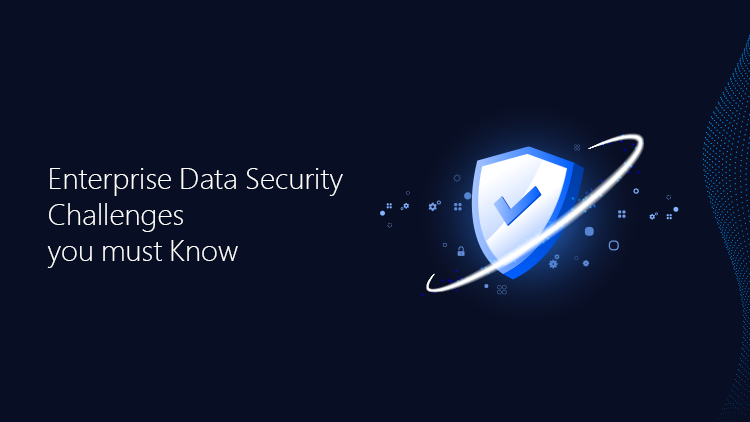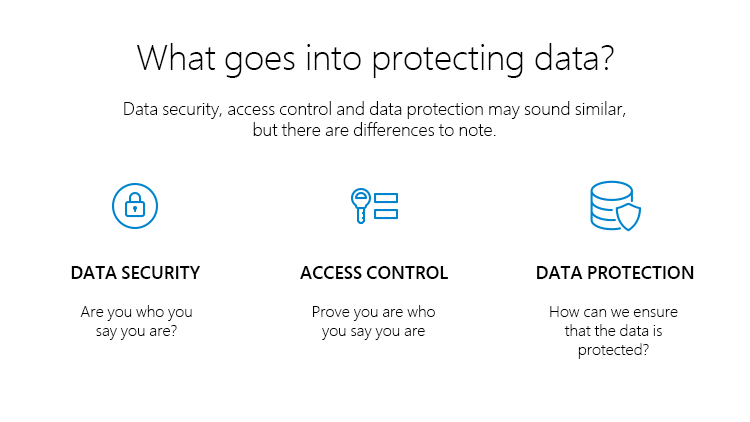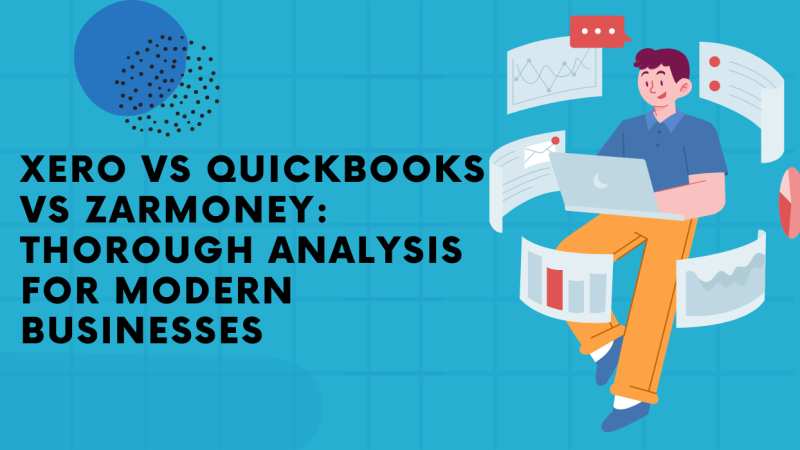Top Enterprise Data Security Challenges you must be Aware

Data security means protecting data saved in database from any malware or cyber-attacks and unwanted users. Data security includes data encryption, hashing, tokenization, and key management practices
Challenges faced by Enterprises in Data Security:
- Gaining Data Visibility:
There is a massive amount of data exchange daily and thus knowing what data exists where and who accesses it and how it is ultimately send is critical to organizational data security. This visibility factor is a concern as recent studies have said that when it comes to data security solutions are needed for a proactive security stance.
True data visibility includes defining policies and procedure making sure that they are working and being used and then assessing what technologies can be put in place to help automatically and effectively bolster the security needed around sensitive data.
- Identifying What Data needs Protection:
It is important to know that not all vast amount of data that is exchanged is equally important and needs extensive protection. Enterprises should implement a data classification solution that helps them apply markers to only hold the data which meets the level of protection criteria you set to ensure business keeps running. Metadata leave labels help other security solutions within the enterprise to understand what data is sensitive and requires further protection based on the organizational policy set. data classification helps you identify and sort out what data is sensitive needs protection and which is more mundane and shareable without more nuanced layers of security for data exchanges.
- Data Protection Efficiency:
Many times, the traditional data security solutions might end up blocking safe data alongside the potentially malicious or harmful data. These false positives and negative alerts can quickly spiral out of control unnecessary slowing down the flow of the business. these traditional solutions might focus on tight control but at a point this can get too restrictive and sharing and accessing easily becomes the top priority for productivity. However when it comes to protection of data one size does not fit the whole process. Using an adaptive data loss protection solution can take organizations beyond the block everything mode by going on the defence to detect and prevent unauthorized sharing before any breach occurs. This helps organization with flexibility and can intelligently inspect and sanitize both structured and unstructured data within emails files being transferred via web or cloud and endpoints to ensure the specified security policies applied automatically.
- Sharing Files Securely and Efficiently:
Once classified and sanitized, the challenge of sending the data to the third party must be met. a secure solution to this can help with the challenge while meeting stringent compliance requirements for end to end protection. Automated workflows, auditing, reporting functionality, increase the security and transparency around the file Small or large reduces human risk factor we just so often responsible for transfer errors.
- Remote Work Poses:
A growing number of employees are continuing to work from wherever it is more convenient and also at time on their personal devices. this flexibility does not come without data security threats. Employees pause some of the biggest risks without education, intelligent technology solutions, policies and procedures easy to follow to ensure data security. Data becomes more vulnerable with flexible work environment as people attend to make more mistakes around data security then they’re busy or tired or pressure.
Organizations needs mechanisms that help people work yet have a safety net to protect them fro from any malicious activities with the data security.
- Managing Multiple Security Solutions:
Layers of security can help with insecure data or reduce human risks or even ensure that the hidden sensitive data is and inadvertently accessed, managing these layers with multiple vendors can create productivity bottlenecks.
A great way to alleviate the pressure on the IT staff is to work with one single trusted solution provider who is capable of delivering multiple layers of security for operational simplicity. This helps ensure that data classification, data loss prevention, managed file transfer tools are well integrated and scalable.

Steps to help overcome these challenges:
- Identify Data Security Risks:
- Build a risk management strategy- identifying, assessing, and modifying security risks is a part of healthy data security program.
- Identify stale user accounts in your directory- identify any user accounts that haven’t been used recently and work with business counterparts to see and maybe remove those.
- Find accounts with unnecessary admin privileges- very few users need administrative level permissions and granting more than that can be dangerous.
- Regularly scan your environment for potentially harmful flies- there should be a regular scanning for unauthorized executables, installers, and remove those so no one can accidentally let lose any malware.
- Conduct a Server Inventory:
- Check operating systems – make sure no servers are running operating system no longer supported by vendors. These sites can make us vulnerable to attacks.
- Ensure antivirus is installed and updated- not all types of attacks can be blocked, but it is critical to have a defence system.
- Review other programs and services- having unnecessary software can be a risk for sensitive data manipulation.
This will help you identify and eliminate important security gaps but you have to remember to do it regularly.
- Know your Data:
The location of the data is needed to be known to protect the data. By using data discovery and classification technology you can determine both cloud and on premises data and label them accordingly. And then prioritise data security offers to improve security and ensure regulatory compliance.
And also, be on a lookout for unnecessary pop-ups of sensitive data as it is available to everyone and largely exposed. Take prompt actions to reduce data loss risks.
- Establish and Maintain a Least-Privilege Model:
Restricting user permissions only till what they need for their job is vital. This can limit the damage caused by employee accidental or deliberate. Everyone should be checked including admins, users, executives, contractors, and partners. Remove the privileges of the user’s no longer in the need when their role is changed.
- Stay on Top of Suspicious Activity:
It is also crucial to audit the activities in your ecosystem. You should have access to the accessed data and how, where, when was it done by the user.
- Look for spikes in user activity- sudden burst in activities are suspicious and need to be checked immediately.
- Check activity outside business hours- users might save their malicious activity outside the business hours where they think no one is watching.
Enterprise data security is a huge responsibility, and it cannot alone be handled by internal IT team. You need an expert team to handle this for you and thus, you need best data security services providers. These security providers have been in the business for a long time and have an expertise in this field. They have tools that help with security and avoiding any risks and suspicious activities.
The data security consulting services are necessary when dealing with a large amount of data. The consultants are there to help you with your way with data. You might not have all the tools and techniques for security of data.
Enterprise data security solutions play a very important part in the enterprise infrastructure. As data is the base of any organization, its security is the most prioritized concern for the business. Data Security Services providers are very essential for any business and sort of work as their bodyguards protecting them from any threats and villains coming their way. And therefore you need Data and Enterprise Security Service providers for your business.
Author Bio:
Michael Donald is a senior IT Consultant at leading Cloud Computing Consulting Company, Bitscape. I have unified experience in adding values to the existing technological architecture of various businesses. During my professional journey, I have tackled a wide range of challenges and have built the ability to work through challenging issues for any industry.






